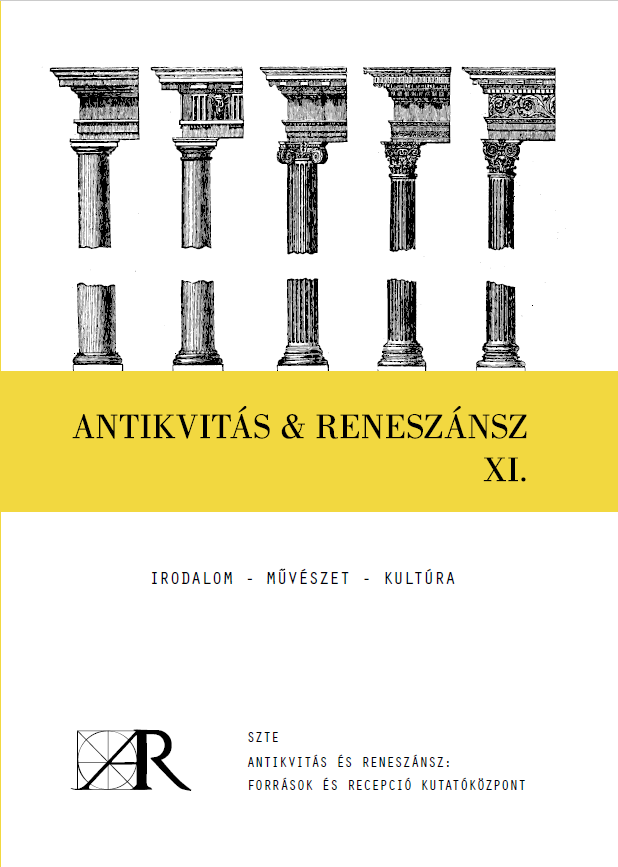Reading body language and physiognomic signs in Andrea Mantegna’s The Triumph of Virtue
Main Article Content
Abstract
In the preface to his major work on physiognomy, Giovan Battista della Porta states that physiognomy is not only a subject and a tool of moral philosophy, but also a characteristic of poets, painters and sculptors, through which the character and emotions of the figure are conveyed to the understanding reader/viewer. The aim of this paper is to explore the relationship between body language explained by physiognomic signs and the artistic representation of the soul, using iconographic examples, too by analysing the virtues and sins depicted in Andrea Mantegna's painting The Triumph of Virtue.
Article Details
How to Cite
Vígh, Éva. (2023). Reading body language and physiognomic signs in Andrea Mantegna’s The Triumph of Virtue. Antikvitás & Reneszánsz, (11), 79–101. https://doi.org/10.14232/antikren.2023.11.79-101
Section
Tanulmányok
